Muscle cars used to be the affordable way to go fast, but today, some of the most iconic names come with six-figure price tags. Whether it’s a Hemi ’Cuda, a Ram Air GTO, or an LS6 Chevelle, prices have gone way past what most people would call reasonable. But that doesn’t mean you’re stuck window-shopping.
There are ways in—if you know where to look. From smart clones to overlooked alternatives, these ten muscle cars break the budget upfront but still offer workarounds that keep the dream within reach. Here’s how to own the legend without getting buried by it.
1970 Plymouth Hemi ’Cuda
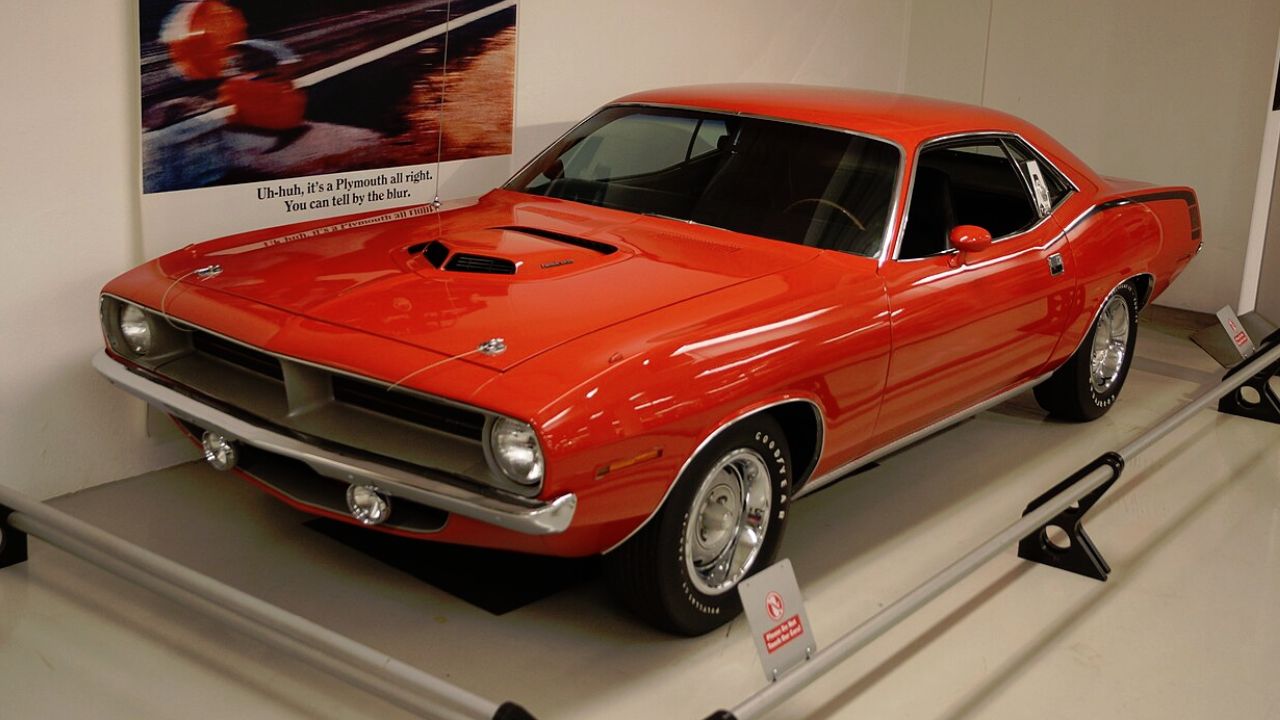
Auction prices on Hemi ’Cudas have gone off the rails. A clean ’70 with the 426 Hemi and a 4-speed can top $400,000, thanks to limited production and high desirability. The car made 425 hp and 490 lb-ft, though it was probably underrated.
If owning one outright isn’t realistic, consider a clone. Starting with a base Barracuda and adding Hemi-style trim and a crate engine still gives you the sound and look. You’ll get 80% of the experience for a fraction of the cost, and far less stress at car shows.
1971 Buick GSX Stage 1
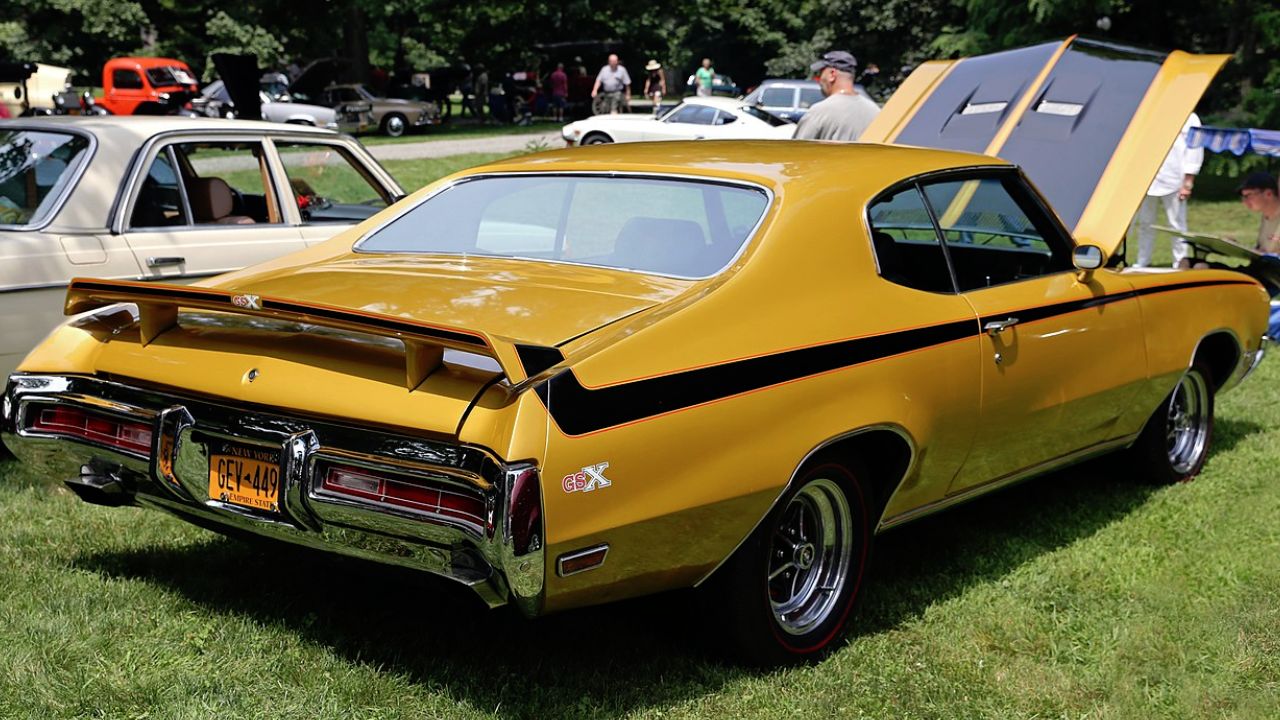
The GSX Stage 1 was Buick’s torque monster, pushing out 510 lb-ft from a 455 V8. Only 124 were built in ’71, and prices reflect that rarity—six-figure sales are common. It came with bucket seats, Rallye gauges, and hood tach as standard.
To get in cheaper, look for a non-GSX GS 455 and add the right touches—suspension upgrades, paint stripes, and Stage 1 heads if you can find them. Insurance and parts will be less punishing, and you won’t be afraid to actually drive it.
1969 Chevrolet Camaro ZL1
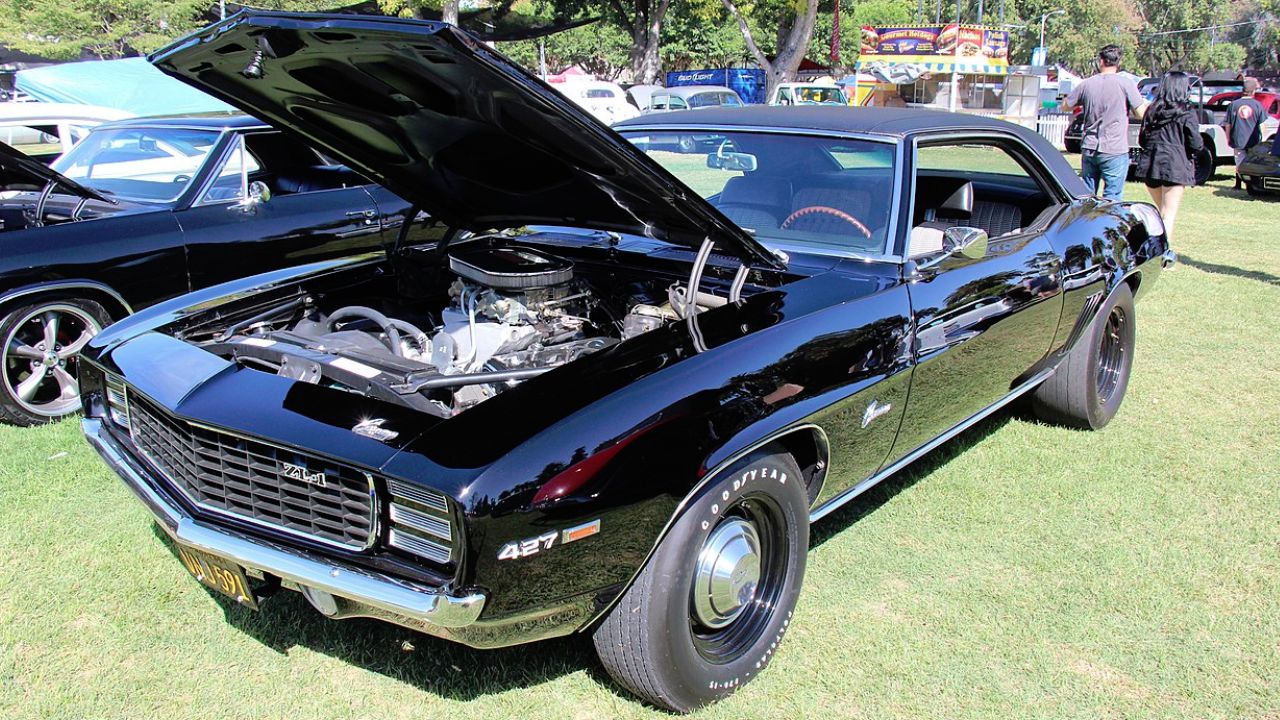
Only 69 ZL1 Camaros were built, each with an all-aluminum 427 meant for drag racing. It made around 500 hp and cost nearly double a base Camaro when new. Today, you’re looking at over $800K for a legit one.
A smart workaround is building a tribute car using an aftermarket ZL1 block or modern LS7. Start with a ’69 shell and go from there. You’ll still get absurd performance and that clean, first-gen Camaro look without dropping house money.
1970 Oldsmobile 442 W-30
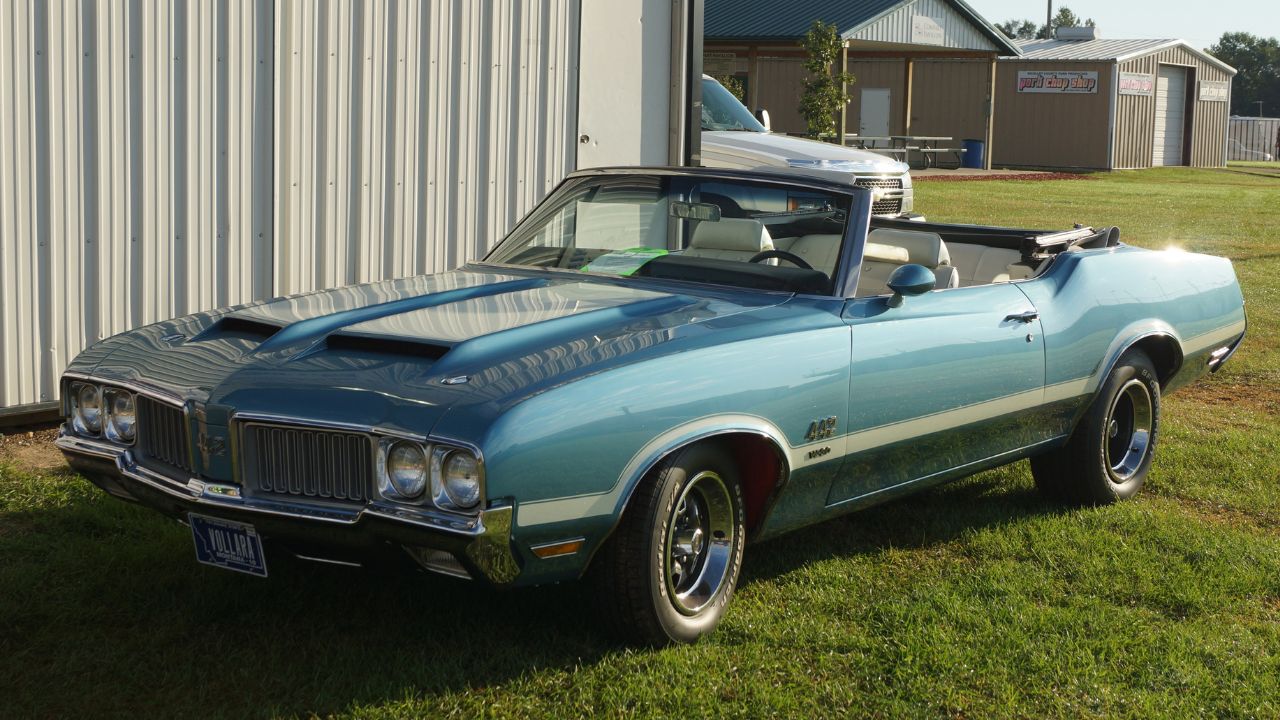
The W-30 package added functional ram air, aluminum intake, hotter cam, and other tweaks to the 455 V8, officially rated at 370 hp. It was quick—0–60 in 5.7 seconds—but prices now hover between $80,000–$150,000.
A regular 442 without the W-30 code can still give you most of the experience. Focus on mechanical condition, then upgrade the cam and intake if needed. Most won’t know the difference unless they check the VIN, and your wallet will breathe easier.
1968 Dodge Charger R/T 426 Hemi
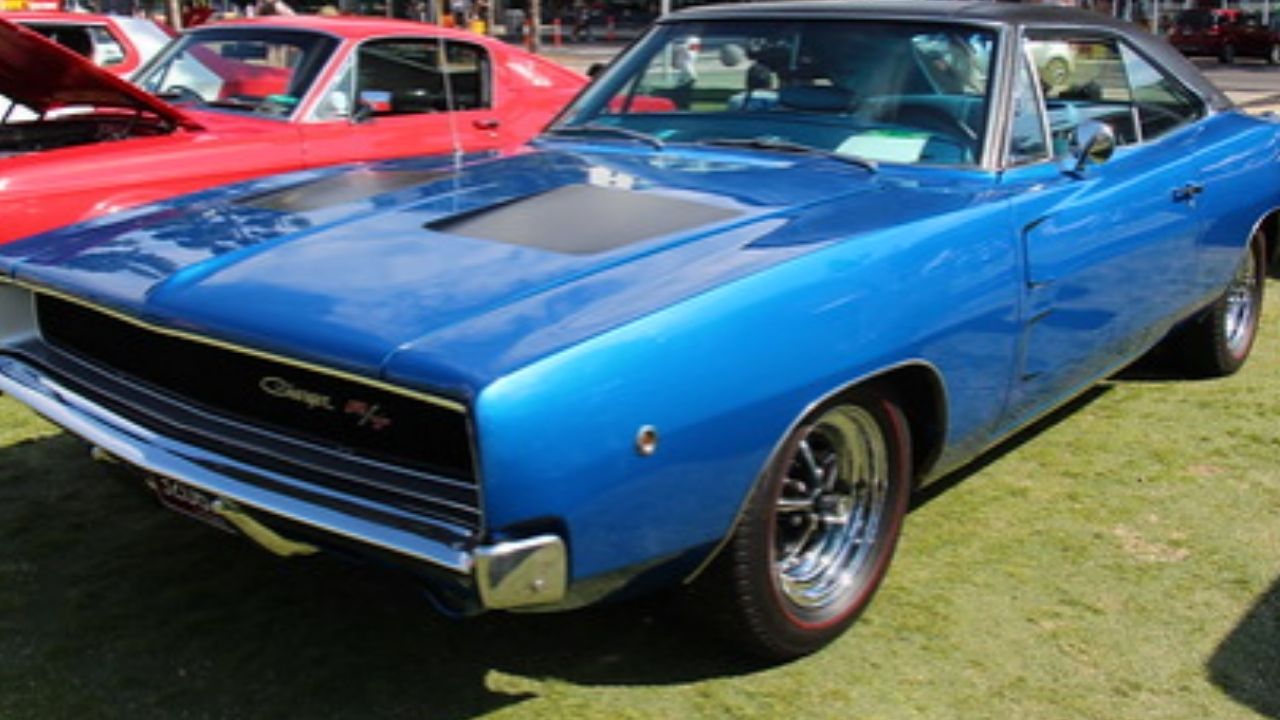
Thanks to movie fame and raw performance, Hemi Chargers bring big money—often north of $200,000. The 426 Hemi made 425 hp and required mandatory heavy-duty everything: suspension, cooling, and transmission.
If you want that body without the price, a 383- or 440-powered Charger still delivers. A crate Hemi swap is possible, but a well-built 440 with headers and a modern cam will pull hard and still sound the part. It’s about the presence, not just the VIN.
1970 Chevrolet Chevelle SS454 LS6
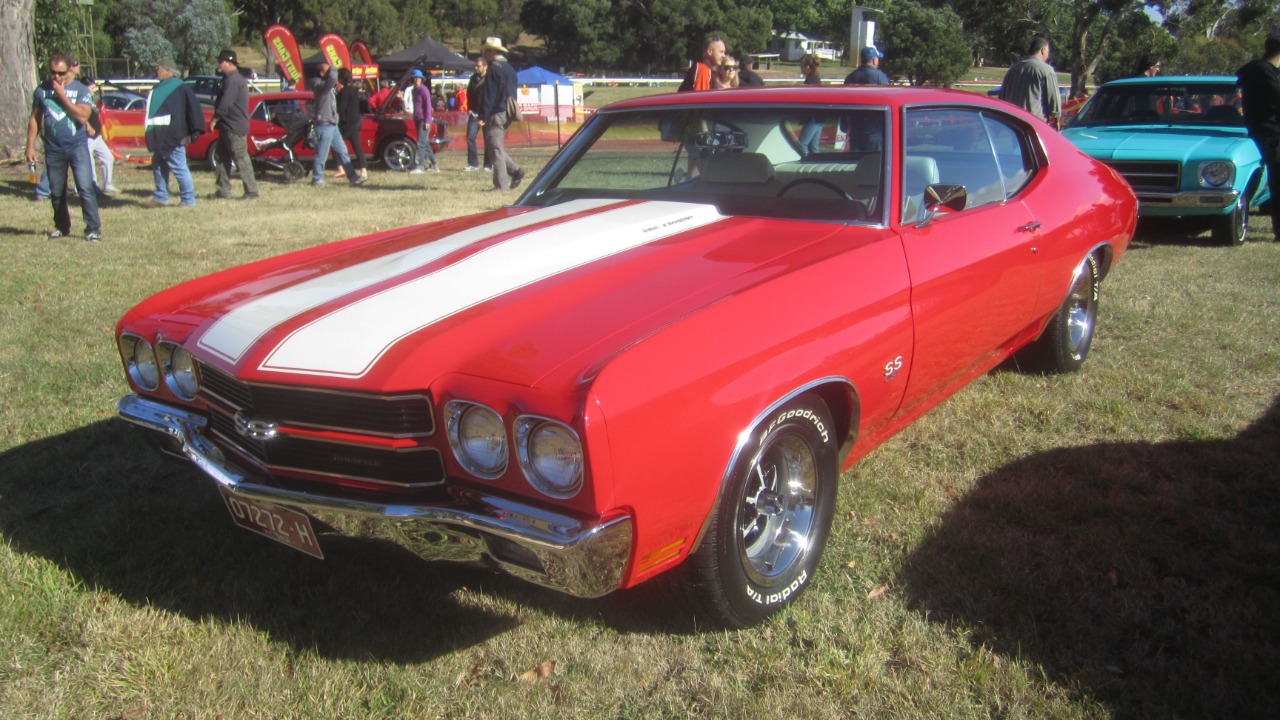
The LS6 Chevelle was one of the baddest muscle cars ever sold. It made a factory-rated 450 hp and was capable of 13-second quarter miles. The rarity and performance push clean examples to $150,000 and beyond.
That said, LS5 or base 396 cars are far more attainable. You can always build up a big-block Chevelle to LS6 spec—or even go LS3/LS7 and hide it under stock valve covers. Most folks won’t care what’s under the hood once they hear it fire.
1969 Pontiac GTO Judge Ram Air IV
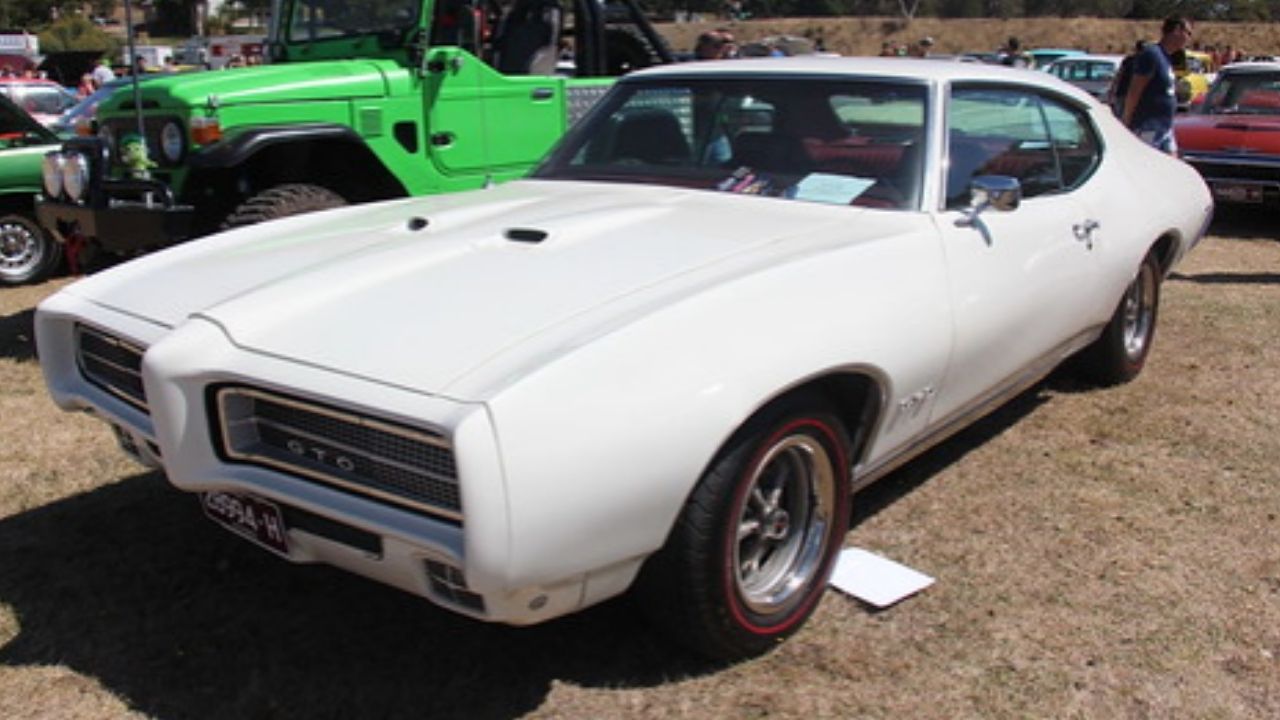
Ram Air IV GTO Judges are hard to find and expensive when you do—think $150K–$300K. The RA IV used a high-compression 400 with round-port heads, rated at 370 hp but capable of much more.
Instead, look for a Ram Air III or standard GTO coupe. You’ll still get the same body lines, interior, and Judge stripes if you add them. Aftermarket cams and heads can easily close the gap in power. And you won’t lose sleep if someone leans on the fender.
1965 Shelby GT350
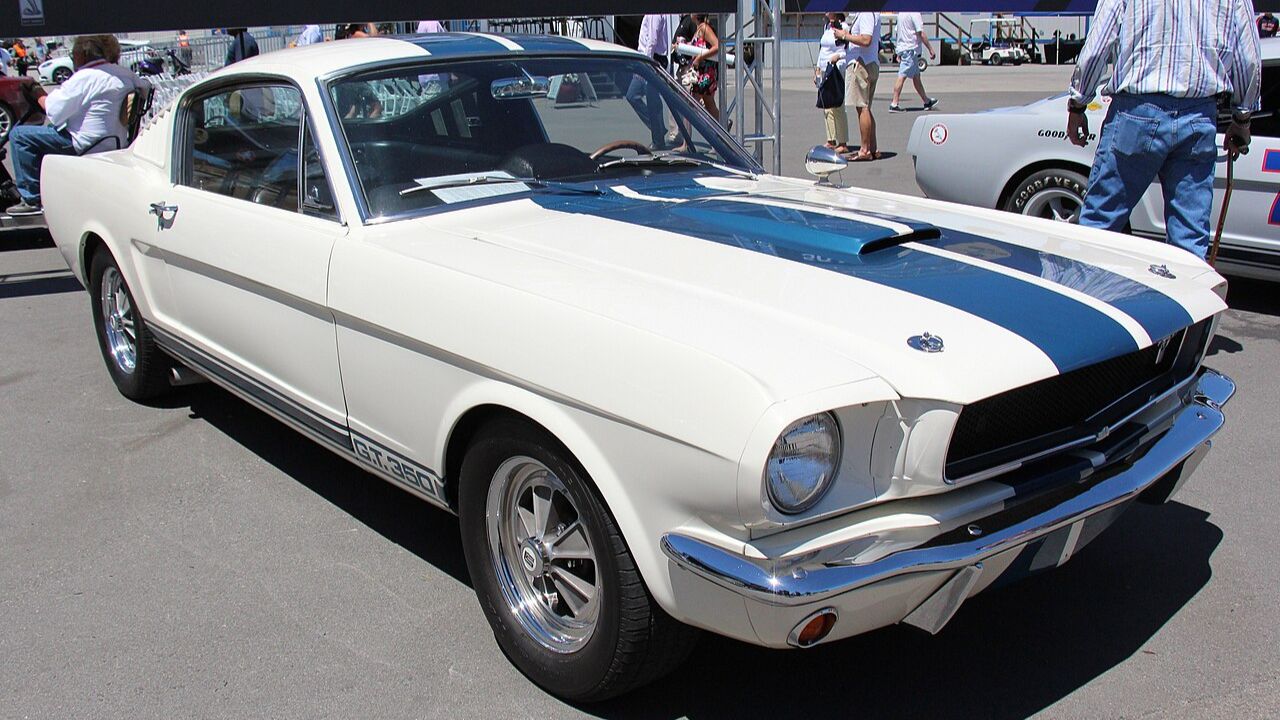
Original ’65 GT350s—built by Shelby American, not Ford—are light, raw, and brutally expensive. A clean one will run $400,000–$500,000, thanks to low production and racing pedigree.
But the recipe is simple enough to recreate: a ’65 Mustang fastback, solid suspension, 289 with the right cam and intake, and stripped-down interior. Plenty of shops can build accurate tributes, and you’ll have something that turns heads without needing a security team.
1971 Plymouth Road Runner 440+6
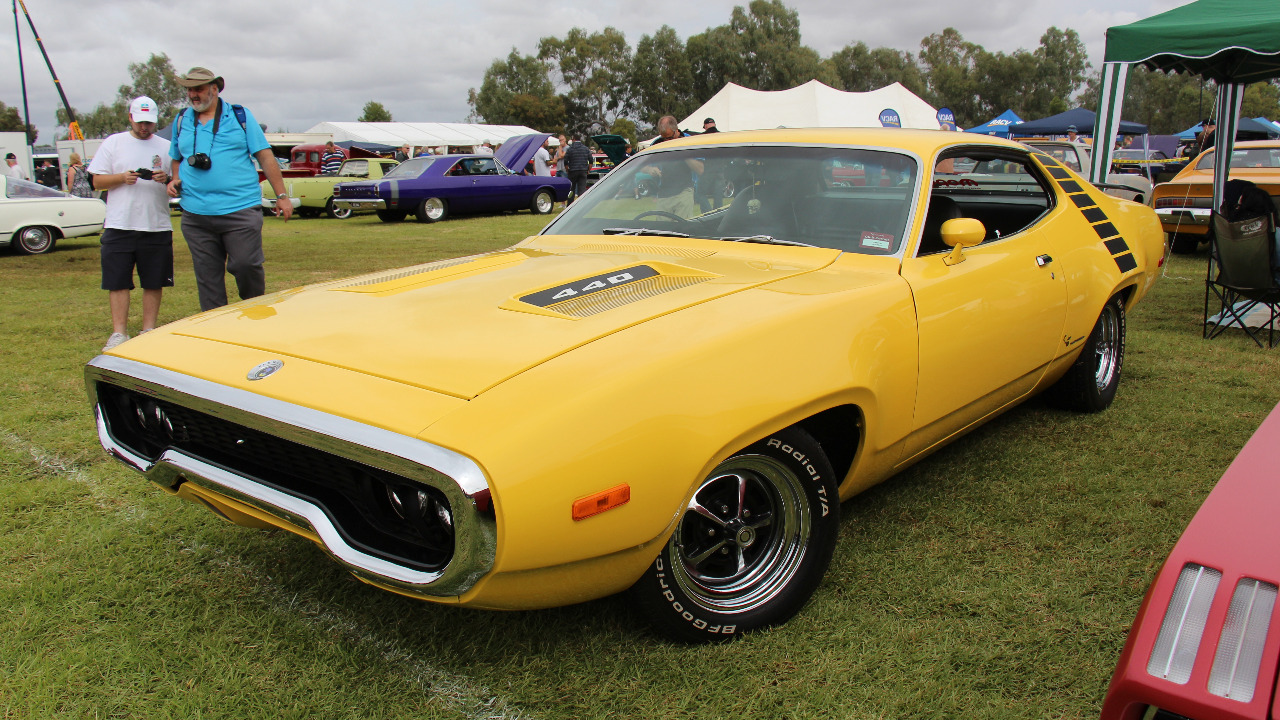
The 440 Six Barrel setup—three Holleys feeding a high-compression big-block—made 390 hp and brutal torque. A real one, especially with a 4-speed and Air Grabber hood, is six-figure territory today.
But the Road Runner name was used across a wide range of builds. You can grab a 383 or 400 car and build it up over time. Modern carbs or EFI can replicate Six Barrel throttle response without triple tuning headaches. You’ll still have the stance and the noise.
1970 AMC AMX 390 Go Package
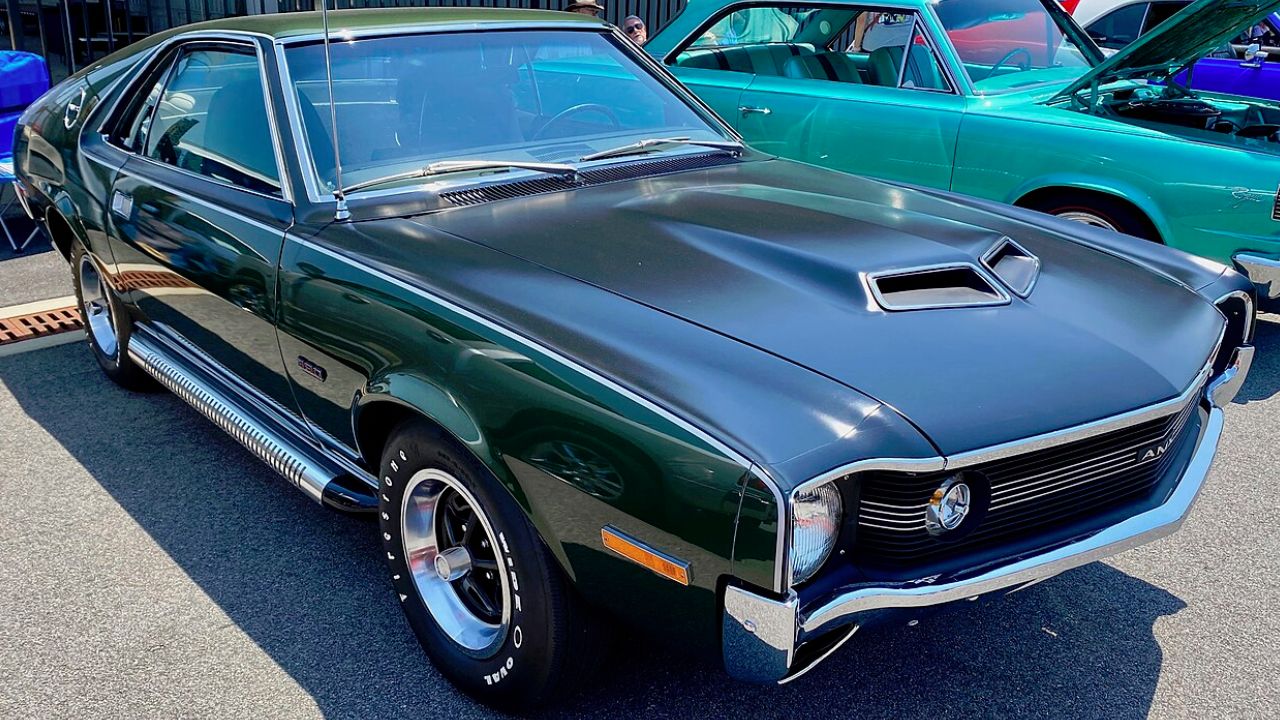
AMC’s two-seater AMX packed a 390 V8, 4-speed, and optional Go Pack, which added heavy-duty cooling, posi, and rally gauges. Fewer than 2,000 came with the full setup, and top examples now stretch past $90,000.
The way in is with a non-Go Pack AMX or even a Javelin SST. You get the same powertrain and look, minus some rare decals and trim. AMC parts can be tougher to find, but prices haven’t caught up to the big three—yet.

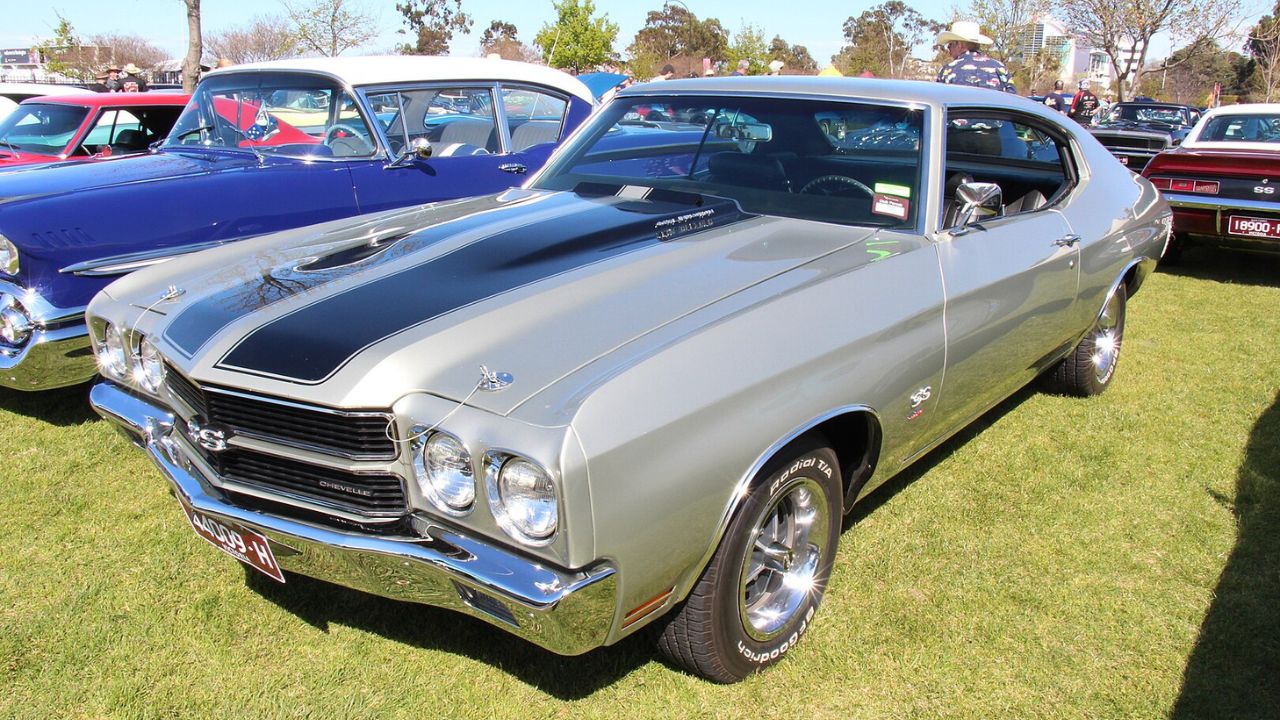
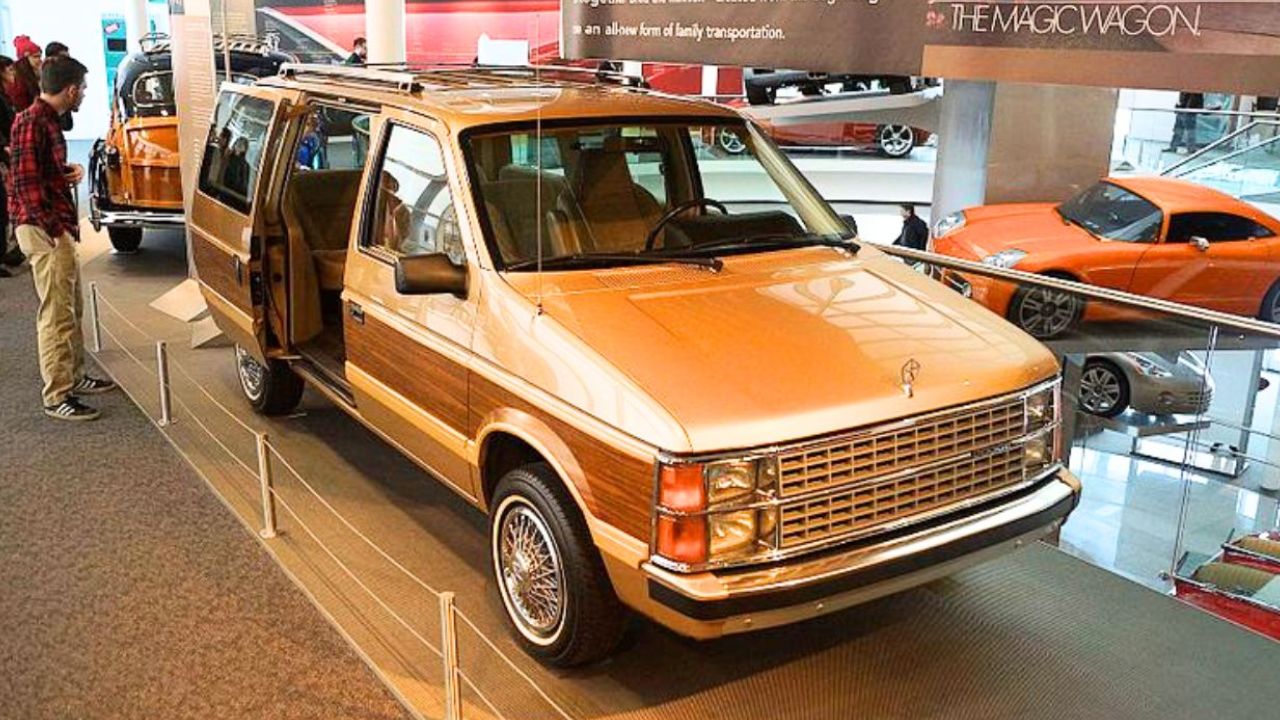
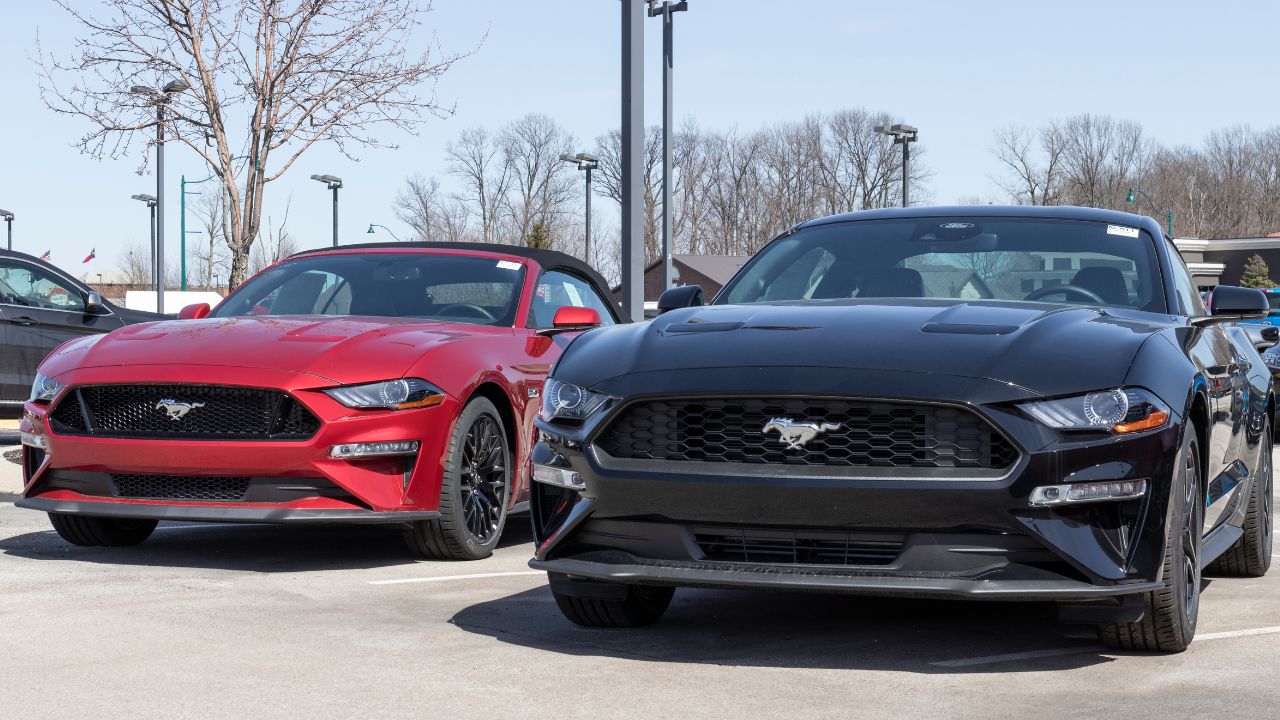

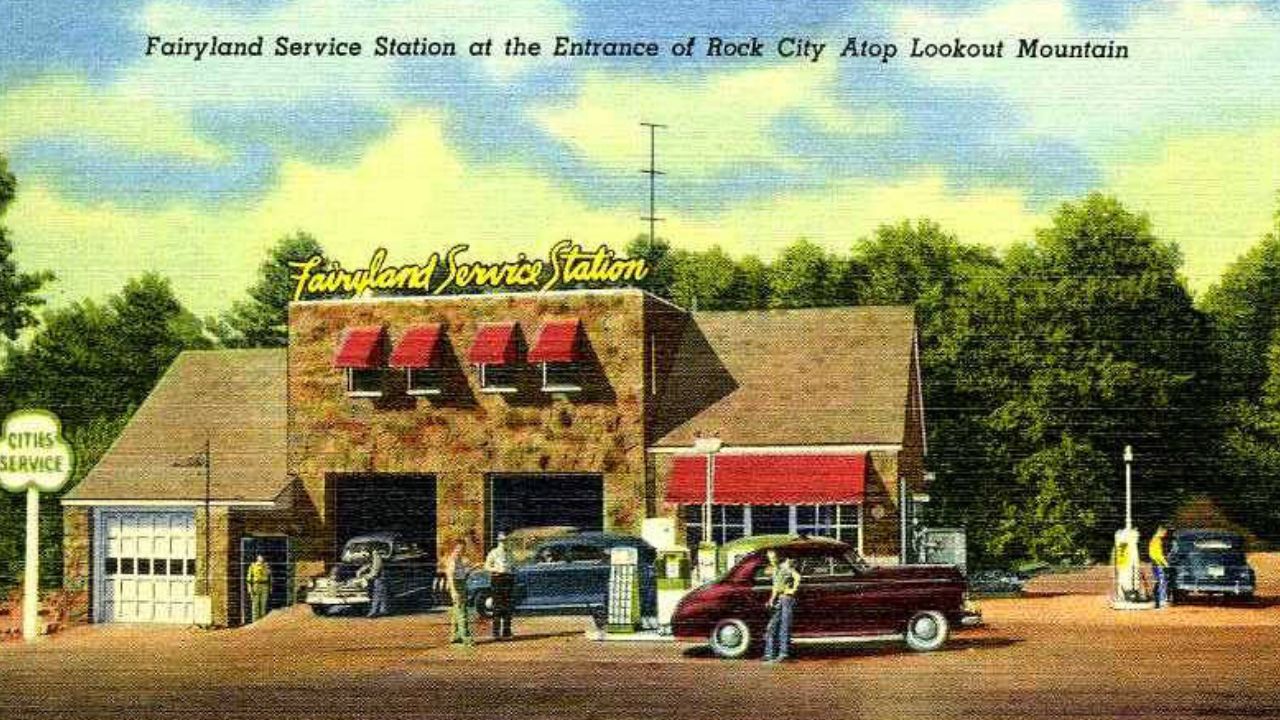
Leave a Reply